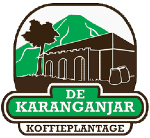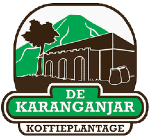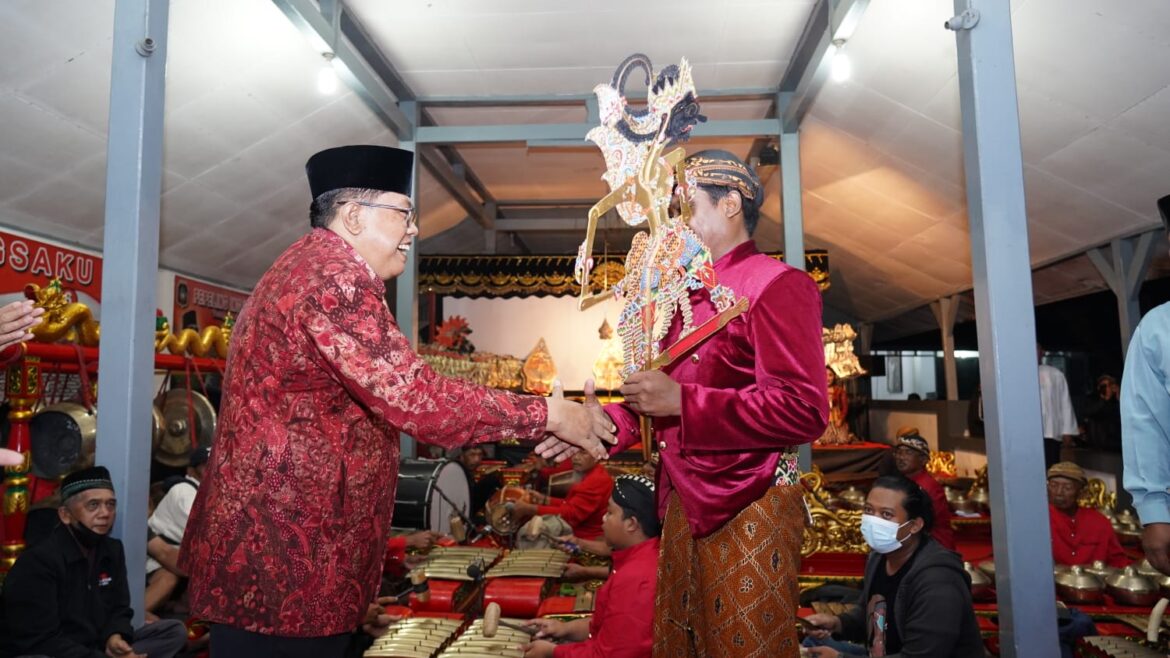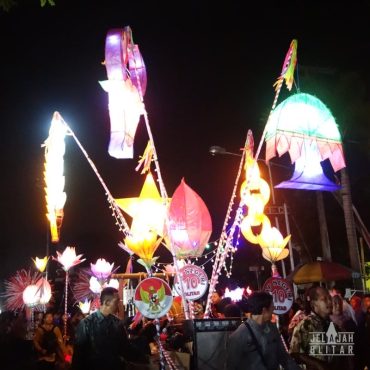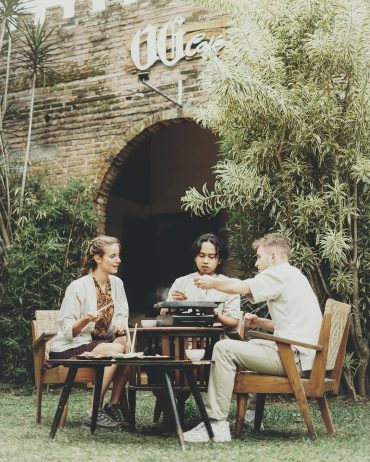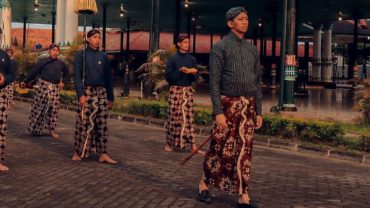Art is one of the things that cannot be separated from human life. From prehistoric times to the modern era, art has always been present in various forms and has become an important part of cultural diversity around the world.
In the midst of the glittering art world, there are 3 Blitar local arts which is able to penetrate regional boundaries to the world.
The uniqueness, beauty and authenticity of these arts have attracted international attention.
Let's take a closer look at the three local Blitar arts that have been able to make a name for themselves internationally.
- Wayang Kulit
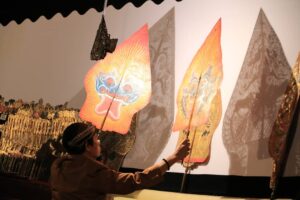
Photo. blitarkab.go.id
Shadow puppetry is one of the traditional Javanese arts that has gone global. In Blitar, shadow puppetry also has a very long history and is still preserved today.
The characteristic of wayang kulit in Blitar is that it combines Surakarta and Yogyakarta styles. This makes wayang kulit Blitar has its own charm for fans of puppet art.
Wayang kulit performances are often held at various cultural events and commemorations, such as in commemoration of the 121st anniversary of Bung Karno's birth.
Artists from Blitar also participated in enlivening cultural arts events in other cities with wayang kulit performances.
In addition, Blitar is also the location of the East Java Wayang Kulit Arts Development and Training Centre.
The philosophical meanings contained in shadow puppets include moral teachings, wisdom, and life values.
In addition, wayang kulit is also often used as a medium to convey messages of local wisdom and social criticism.
- Puppetry
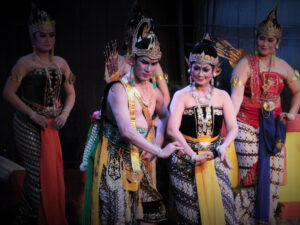
Photo. indonesiakaya.com
Wayang orang, is a form of Javanese theatre that uses human actors instead of puppets, and has been recognised as a cultural heritage by UNESCO.
The development of wayang orang has been influenced by various factors, including the colonial period, the influence of Hindu-Buddhist teachings, and the transformation of wayang from a medium for summoning spirits to a medium for storytelling and education.
His Majesty Hamangkurat I of the Mataram Kingdom, was the creator of Wayang Orang in 1731.
The first wayang orang performance in Yogyakarta was held in 1757 with the play Gandawardaya based on the Mahabharata and Ramayana stories.
In some cities, such as Blitar City, there are studios that consistently train wayang orang performers from elementary school age.
Sanggar Patrialoka Kota Blitar, which was established in 2010, has been the name of the Wayang Orang Arts Group until now. Yohanes Erwin's concern, as the head of the studio, became one of the talent scouts for wayang orang players in Blitar City.
It has also been performed internationally, including in France, the Netherlands and the United States. Wayang orang has also been used as a means of character development and education in Indonesia.
- Kriya Batik Blitar
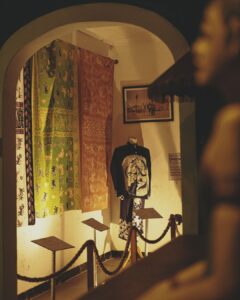
Photo. De Karanganjar Koffieplantage
Kriya Batik Blitar is a typical Blitar textile craft art that has also gone global. Blitar batik has distinctive patterns and patterns that are different from batik from other regions.
Blitar batik has its own distinctive style and often carries motifs of nature, flora, fauna, and reliefs of ancient temples. One of them is tutur batik, which is the flagship motif of Blitar district.
Batik Tutur is the result of the development of the Afkomstig Uit Blitar 1902 batik motif, a cultural heritage of the Blitar community in the past.
Batik Afkomstig Uit Blitar (1902) was originally in the Leiden Museum, the Netherlands. Since hundreds of years ago, our ancestors have passed down the art of batik and it flourished during the Majapahit Kingdom era.
The purpose of creating Kriya Batik Blitar is to maintain and preserve the cultural heritage of the ancestors, as well as a medium of expression and creativity of batik craftsmen.
Kriya Batik Blitar also has deep philosophical meanings, such as natural beauty, local wisdom, and life values.
From the three local Blitar arts that have gone global, it can be concluded that the uniqueness, beauty, and authenticity of these arts are able to attract international attention.
Through art, Blitar is able to introduce its rich culture and art to the world.
Support from various parties, including De Karanganjar Koffieplantage, in promoting and preserving Blitar's local arts is an important factor in the success of these arts in going global.
In addition, when visiting Noegroho Museum, De Karanganjar KoffieplantageYou will find a collection of Batik Tutur that is still maintained and preserved today.
With this support, it is hoped that Blitar's local arts can continue to develop and continue to exist in the international arena.
